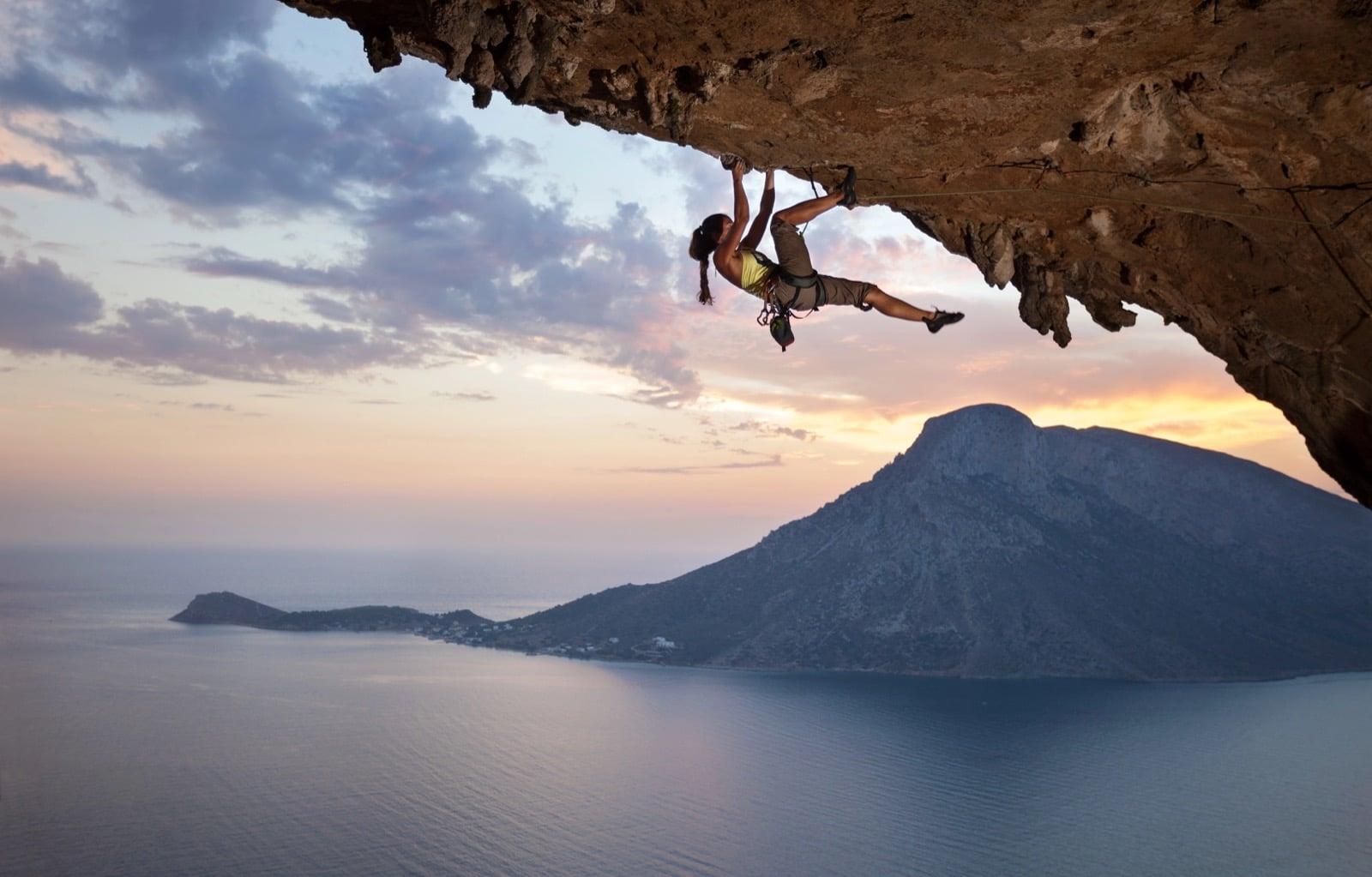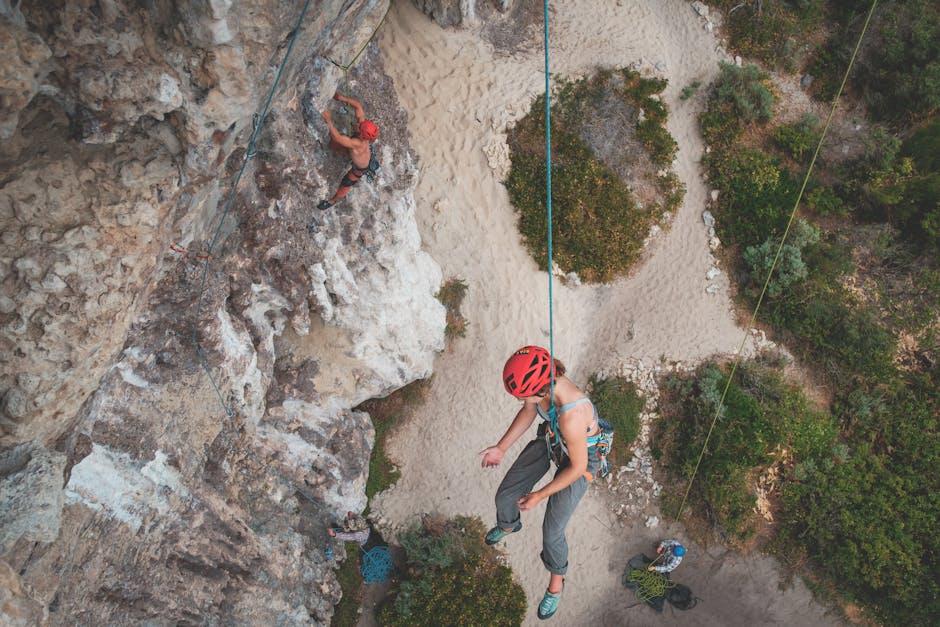In the realm of adventure sports, the allure of high-risk activities such as skydiving, rock climbing, and scuba diving captivates thrill-seekers worldwide. However, the exhilaration of these pursuits is invariably accompanied by significant risks, necessitating robust safety measures and comprehensive insurance coverage. This article delves into the intricacies of travel insurance tailored specifically for high-risk adventure sports, offering a detailed analysis of the best options available in the market. By examining key factors such as coverage limits, policy exclusions, and premium costs, we aim to equip adventurous travelers with the knowledge needed to make informed decisions that ensure both their safety and financial security. As the demand for extreme sports continues to surge, understanding the nuances of specialized travel insurance becomes an essential component of any adventurer’s toolkit.
Understanding Coverage Needs for High-Risk Adventure Sports
When engaging in high-risk adventure sports, understanding your insurance coverage needs becomes paramount. These activities, ranging from skydiving to rock climbing, often come with inherent risks that standard travel insurance may not cover. It’s essential to identify a policy that includes coverage for medical emergencies, evacuation costs, and equipment loss or damage specific to the sports you’re planning to partake in. Tailored policies can provide peace of mind by offering comprehensive protection that addresses the unique challenges associated with these adrenaline-pumping activities.
- Medical Emergencies: Ensure your policy covers injuries sustained during high-risk activities, including hospital stays, surgeries, and specialized treatments.
- Evacuation Costs: Look for coverage that includes the cost of emergency transport from remote locations, which can be exorbitant.
- Equipment Loss or Damage: Adventure sports often require expensive gear; having insurance that covers theft or damage can save you significant costs.
Choosing the right insurance involves carefully reviewing the terms and conditions, especially the exclusions, to ensure that your chosen policy aligns with your adventure itinerary. It’s advisable to compare different insurers and consider their reputation, customer service, and claims process efficiency. By doing so, you can embark on your high-risk adventures with confidence, knowing you are well-protected against unforeseen events.
Evaluating Insurance Providers for Extreme Activities
When embarking on thrilling adventures, selecting the right insurance provider is crucial to ensure you are adequately covered. Insurance providers for extreme sports must be evaluated on several key factors to ensure they meet the specific needs of high-risk activities. First, examine the range of sports covered; some policies may exclude certain activities like skydiving or base jumping. It’s essential to ensure that the provider explicitly covers the sports you intend to participate in.
Additionally, consider the coverage limits and the conditions under which claims can be made. Look for policies that offer comprehensive medical coverage, including emergency evacuation and repatriation, which are critical for remote or overseas adventures. Also, review the policy exclusions and the fine print regarding any equipment or gear coverage. Other important factors to consider include:
- Provider’s reputation: Research customer reviews and ratings to gauge the reliability of their claims process.
- Flexibility and customization: Check if the policy allows for add-ons or customization to fit your specific adventure needs.
- Cost vs. coverage: Ensure that the premiums are competitive relative to the breadth of coverage provided.
By carefully evaluating these aspects, you can select an insurance provider that offers peace of mind while you focus on enjoying your high-risk adventures.

Key Features to Consider in Adventure Sports Insurance
When selecting a policy tailored for high-risk activities, it’s crucial to evaluate several key features to ensure comprehensive coverage. Firstly, consider the range of activities included in the policy. Some insurers might exclude specific sports like base jumping or heli-skiing, so it’s vital to verify that your chosen activities are covered. Look for policies that are flexible and offer customizable options to add or remove activities based on your itinerary.
Another critical aspect is the emergency medical coverage. In the event of an accident, you’ll need a policy that covers emergency evacuation and medical expenses without any hidden limits. Check for trip cancellation and interruption coverage, which protects your investment if unforeseen circumstances force you to alter your plans. Lastly, scrutinize the policy exclusions to avoid any surprises, ensuring that all high-risk elements of your adventure are accounted for. By focusing on these features, you can find a policy that offers peace of mind and financial protection during your adrenaline-fueled escapades.

Expert Recommendations for Comprehensive Travel Insurance
When selecting a travel insurance policy for high-risk adventure sports, it’s crucial to prioritize certain features that can offer comprehensive protection. Coverage for specific activities is paramount; ensure the policy explicitly lists all the sports you plan to engage in. Many standard policies exclude activities like skydiving, rock climbing, or scuba diving, so look for insurers that specialize in adventure sports coverage.
Consider policies that include:
- Medical Expenses: Adequate coverage for potential injuries and emergency medical evacuations.
- Equipment Protection: Insurance for loss, theft, or damage to your specialized sports gear.
- Personal Liability: Coverage in case you accidentally injure someone or damage property during your activities.
- Trip Cancellation and Interruption: Protection if your adventure is cut short due to unforeseen circumstances.
By focusing on these elements, you can embark on your high-risk adventures with peace of mind, knowing you’re well-protected against unexpected events.

